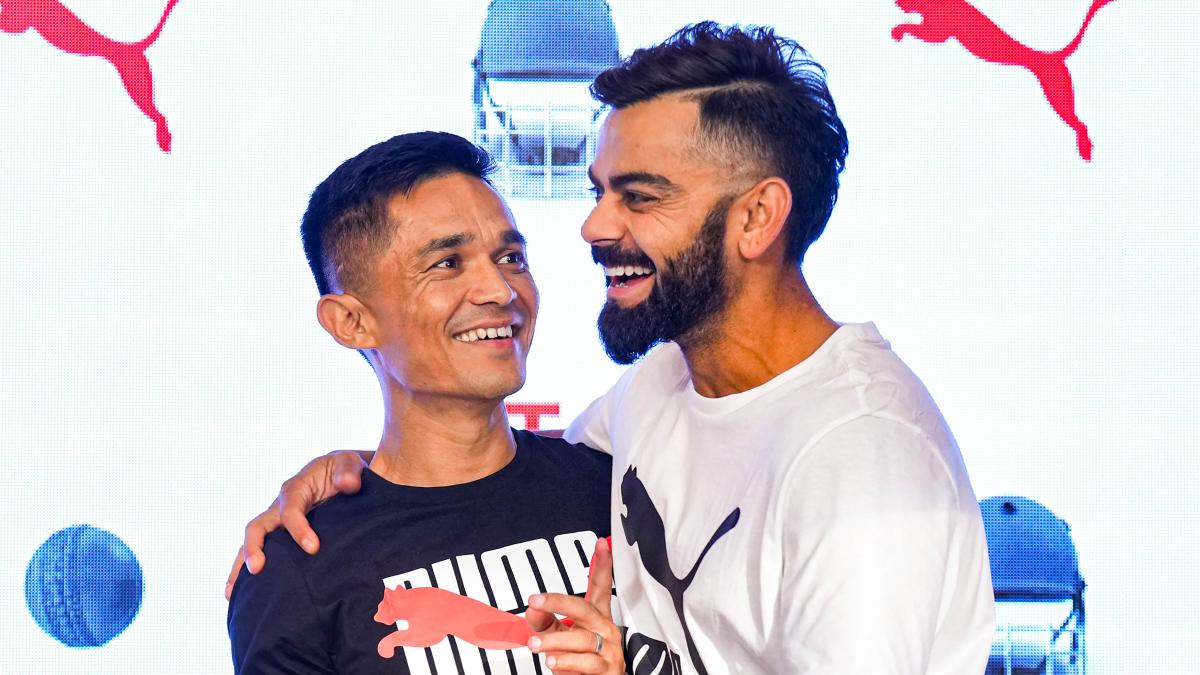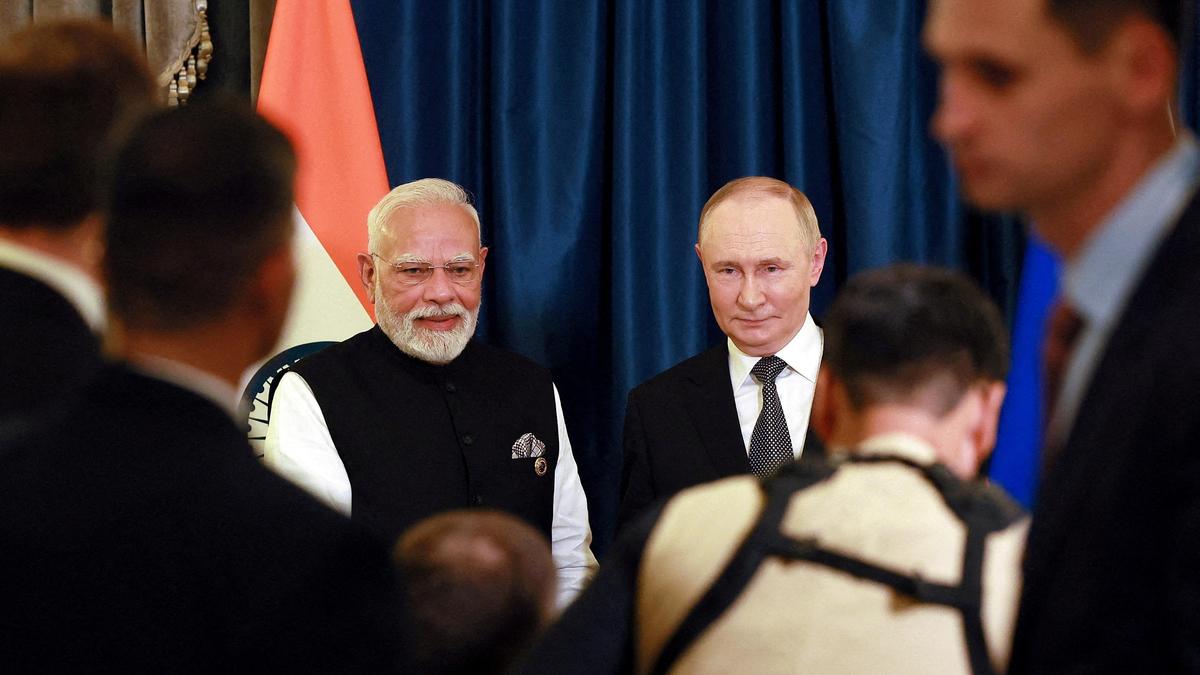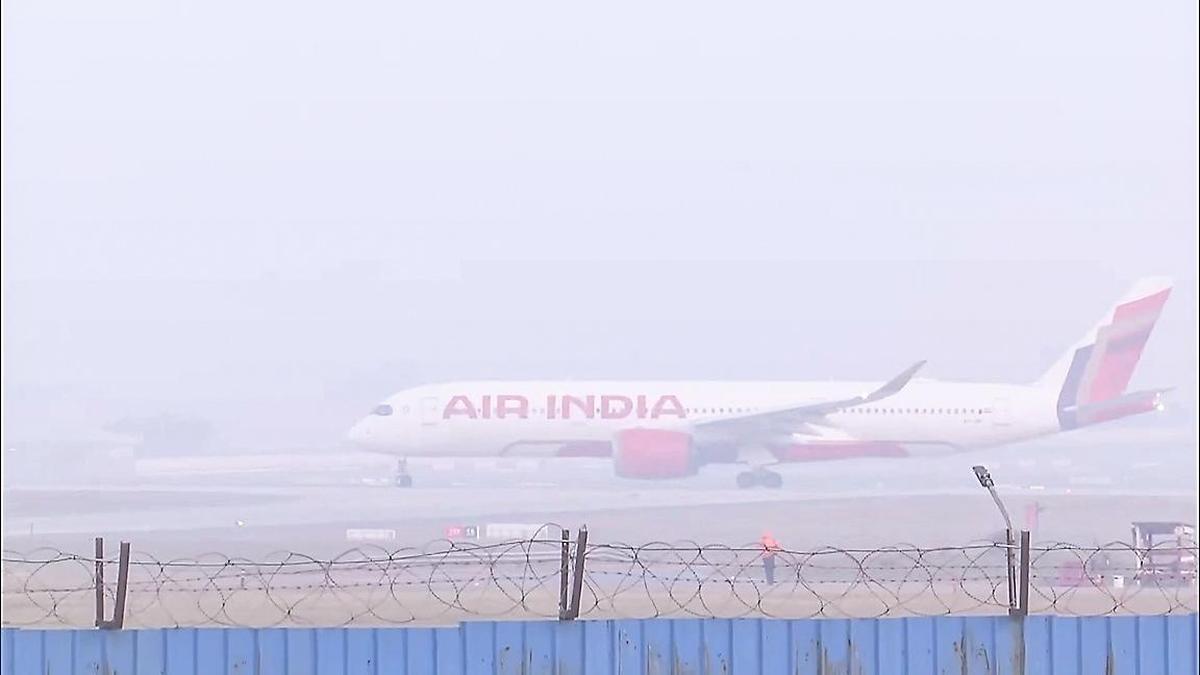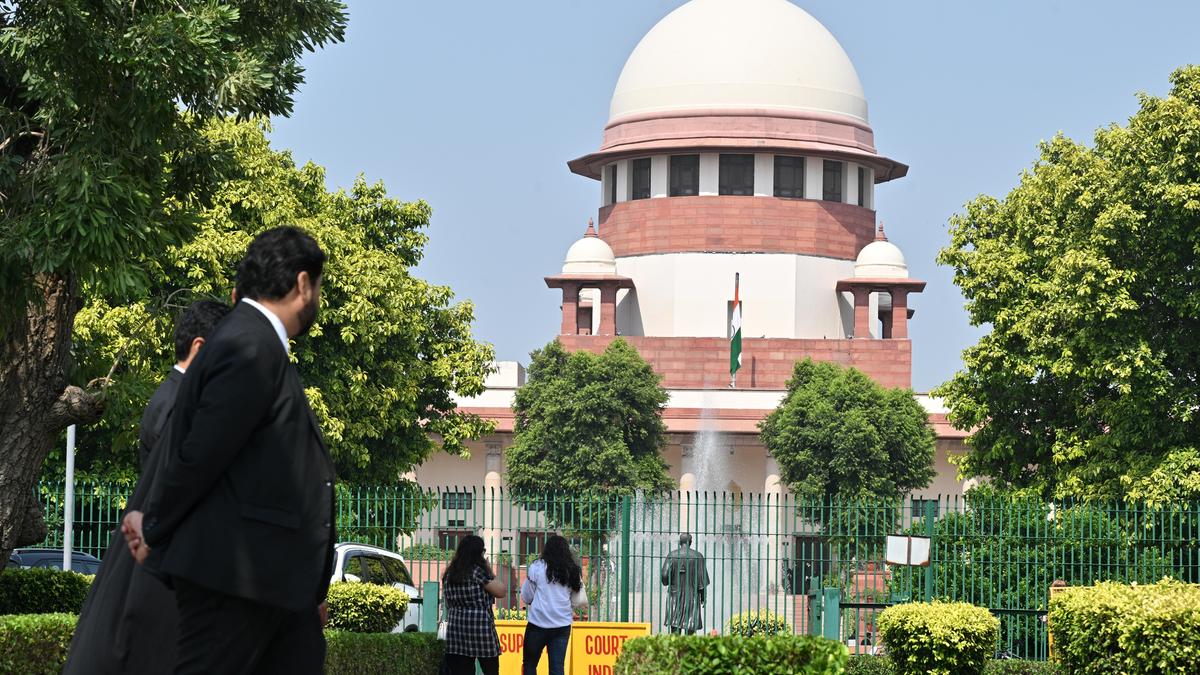Unlocking Potential: Examining the Landscape of Indian Sports
India boasts a rich sporting heritage and a young, passionate population, creating a fertile ground for sporting excellence. However, the path to sustainable success is paved with both challenges and opportunities.

Navigating the Hurdles:
- Infrastructure Gaps: Uneven distribution of training facilities, lack of specialized equipment, and inadequate maintenance pose hurdles for athletes. A 2023 report by the NITI Aayog revealed that only 20% of Indian districts have access to basic sports infrastructure, highlighting the geographical disparity. This lack of facilities not only hampers training but also discourages participation, especially in rural areas.
- Grassroots Development: Bridging the gap between rural talent and professional pathways requires robust identification and training programs. While initiatives like Khelo India aim to address this, the reach and impact often fall short. Identifying talent early, providing quality coaching at the grassroots level, and creating clear pathways to professional careers are crucial for nurturing future champions.
- Funding Constraints: Limited budgetary allocations and dependence on private sponsorships create funding challenges for various sports. While government schemes like TOPS (Target Olympic Podium Scheme) support elite athletes, many promising talents in non-Olympic disciplines struggle to secure adequate funding for training, equipment, and participation in international events. This creates an uneven playing field and limits opportunities for diverse sporting talents.

Embracing the Momentum:
- Government Initiatives: Schemes like “Khelo India” and “Target Olympic Podium Scheme” aim to improve infrastructure and support aspiring athletes. These initiatives, while positive steps, require wider reach and effective implementation to make a significant impact across the vast sporting landscape of India.
- Rising Talent: Young athletes across diverse sports like badminton (Lakshya Sen, PV Sindhu), shooting (Manu Bhaker, Saurabh Chaudhary), and hockey (Manpreet Singh, Rani Rampal) are displaying exceptional potential on the global stage. Their achievements showcase the immense talent pool India possesses and serve as an inspiration for the next generation.
- Evolving Landscape: Growing corporate involvement, technological advancements, and increasing media coverage are boosting interest and investment in sports. The entry of professional leagues like the Pro Kabaddi League and Indian Super League has revitalized certain sports and attracted sponsorships and investments. Additionally, media coverage of sporting events is increasing, further fueling public interest and potential sponsorship opportunities.
Charting the Course: A Vision for the Future
Building upon existing strengths and addressing challenges is crucial for propelling Indian sports to new heights. Here are some key strategies:
- Prioritizing Infrastructure: Focused investments in building world-class facilities, particularly in under-developed regions, can nurture talent across the country. Public-private partnerships can be leveraged to expedite infrastructure development and ensure wider access to training facilities.
- Strengthening Grassroots: Expanding talent identification programs, providing quality coaching, and ensuring wider access to sports at the school and community level will create a robust pipeline of future champions. Collaboration with NGOs and private academies can further strengthen grassroots development efforts.
- Fostering Public-Private Partnerships: Collaboration between government and private entities can leverage resources and expertise to support infrastructure development, athlete training, and marketing initiatives. Public-private partnerships can help bridge the funding gap and create a more sustainable ecosystem for Indian sports.
- Harnessing Technology: Embracing technology for training, performance analysis, and fan engagement can optimize training methods, attract sponsorships, and broaden the reach of Indian sports. Utilizing data analysis tools can personalize training programs, identify strengths and weaknesses, and improve overall performance. Additionally, leveraging technology for fan engagement through interactive platforms and virtual experiences can attract wider support and sponsorships.
Promoting Sports Education and Awareness:
- Integrating sports education into school curriculums can cultivate a culture of physical activity and identify talent early on. This could involve mandatory physical education classes, specialized sports academies within schools, and awareness campaigns promoting the benefits of sports participation.
- Raising public awareness about the importance of sports and the achievements of Indian athletes can garner wider support and encourage participation, especially among young girls. This can be achieved through targeted media campaigns, community events, and collaborations with celebrities and sports icons.
Ensuring Transparency and Good Governance:
- Implementing transparent selection processes for athletes and coaches, ensuring fair play, and tackling doping issues are crucial for building trust and attracting investment in Indian sports. Establishing robust anti-doping measures and conducting regular audits can maintain the integrity of sporting competitions and protect athletes’ welfare.
- Encouraging good governance practices within sports federations and ensuring accountability can optimize resource allocation and create a more efficient sporting ecosystem. This could involve implementing performance-based funding models and promoting democratic decision-making within sports bodies.
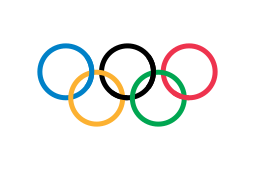
Embracing International Collaborations:
- Partnering with foreign training academies, coaches, and athletes can expose Indian athletes to diverse training methods, international competition, and best practices. Exchange programs, joint training camps, and collaborative research initiatives can accelerate athlete development and enhance global competitiveness.
- Learning from successful sporting nations by studying their infrastructure development models, talent identification systems, and coaching methodologies can provide valuable insights for India’s own sporting development journey.
Conclusion: A Collective Effort for Sporting Glory
India’s sporting journey is multifaceted. Recognizing the hurdles, building upon existing strengths, and implementing strategic solutions require a collective effort from the government, private sector, athletes, coaches, and the public. By prioritizing infrastructure development, strengthening grassroots programs, leveraging technology, and fostering a culture of sportsmanship and fair play, India can unlock its immense sporting potential and achieve sustained success on the global stage. This future of sporting excellence will not only bring glory to the nation but also inspire millions and empower individuals through the values and life skills fostered by sports.


